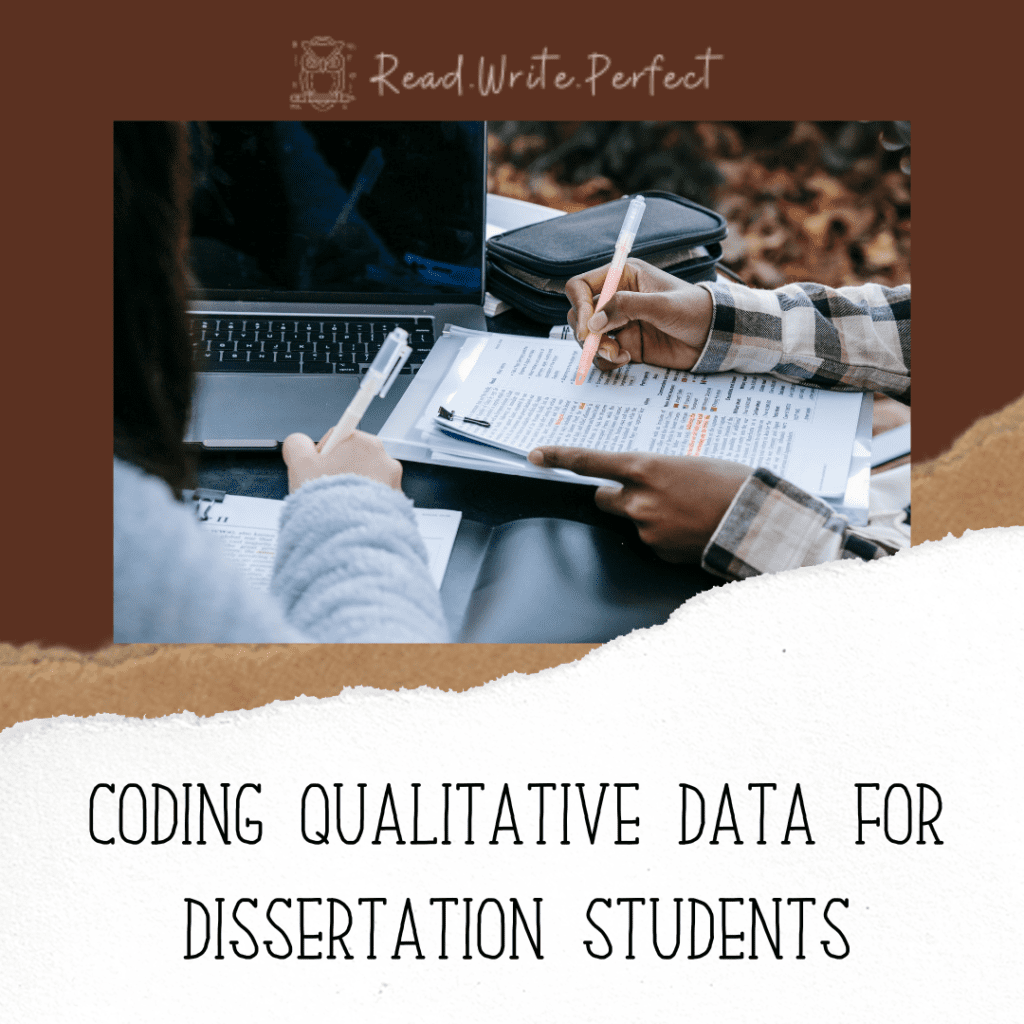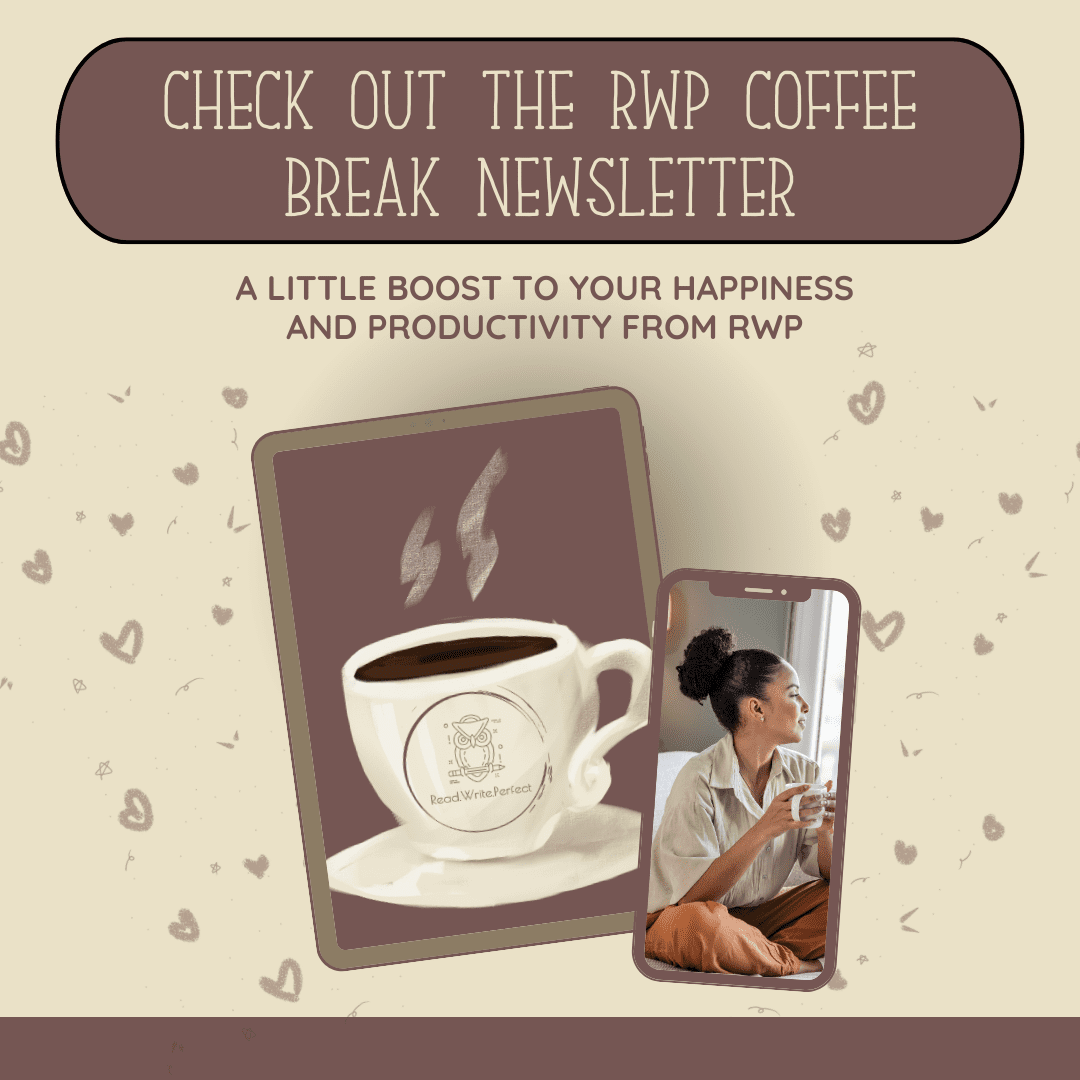
In this post, we’ll take a look at the importance of qualitative data in dissertation research, the various ways to code it, and how to determine the best approach to a data set.
Qualitative research is any descriptive data obtained firsthand — case study, focus group, questionnaire, interview, audio, etc.
Coding this data means scanning the scripts to find patterns that repeat and reveal themes throughout the interview or document. This type of data helps can make sense of quantitative data; it can answer the why behind numerical findings.
For example, quantitative data might show a 10 percent increase in employee retention; the qualitative research might show harmonious co-worker relationships, consistent management availability, and company trust. The qualitative data (a set of interviews), shows the why (relationships and trust) behind a what (employee retention). Coding this data might include keywords for themes such as boss, manager, available, and coworkers.
Since qualitative data strengthens research findings, knowing how to code and identify the relevant findings is essential to researcher success. Here are a few reasons why the best researchers code qualitative data:
Since qualitative data can be more subjective, coding gives more credibility to an argument.
Coding can help turn text, audio, and interviews into quantifiable data.
Interviews especially can go off on tangents; coding can help students avoid feeling overwhelmed while identifying the important bits.
The two common ways to code qualitative data are inductive coding and deductive coding. While the two methods can be combined for hybrid coding, it is best to begin with one approach in mind.
Inductive coding lets the patterns present themselves. The researcher approaches the data with an open mind, and sees what themes appear, tagging and coding them as the data flows.
Deductive coding gives the researcher a framework to use as a guide. The codes are established before approaching the data, and used to organize and correlate the many soundbites within the dataset.
Manual coding requires hard tools: paper, pen, highlighter, documents. Software coding requires digital tools to identify patterns and organize data for analysis.
Manual coding is recommended for smaller data sets. It is the more time consuming approach, but it establishes an intimate relationship between reader and data. Software coding is recommended for larger data sets. It helps sort and separate the data based on deductive coding, so the researcher can analyze and correlate.
To get started on coding, refine a short list of focal themes and theories for the data and determine whether manual or software coding is best for the data set size. Remember to use the codes as guides, but to allow the research to reveal additional important patterns. For more support, check out this introductory video and this free Coding in Research Methodology PDF.
For more support on coding qualitative data for your dissertation, book a free 30-minute consultation and see how coaching can help you take your dissertation to the next level.
